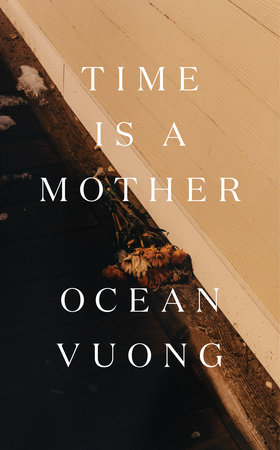According to the Smithsonian, from 1830 to 1935, there were over 350 poorly documented lynchings in California, the victims being mostly of Mexican, Chinese, and Native American descent.
There is sunlight here, golden enough to take to the bank. There are daffodils and sweetgrass. We have made this for you with our hands. Look at our hands, they say. There is nothing to hide. But you look closer and see, in the photo, a shadow staining the ground, over sepia flowers, attached to no one. A hole in the dirt. And you wonder if it’s an entrance or maybe the mark of something higher, something already leaving, on wings. Yes, it’s just a bird, they say. A smudge of flight, defects in the camera. A product of its time. This is all a product of the times. Look at the sunlight, they say. How it falls right through. Some things are hidden in plain sight. Look, there was so much space back then. And you do look. You look and you look and it’s true. There is so much air to be answered for. But your eyes return to the one black moon fallen in the ground. Life-size period unspoken for. How faithful the memory of a shadow, you think. How you can almost see the author of its curve. Now, if you could please look directly above you, they say. There is still the sky. Blue as the single eye pressed down on us. There is nothing to hide under all this sun. And your hand moves to your throat, to make sure you are still the speaker, that English is still your reckoned wreck. That it hasn’t pooled into an ink-dark puddle at your feet. You feel for your throat because history has proven the skull lodged in the gravedigger’s hands is often the one behind your face. But these are marigolds, they say. And these the horses. We have retouched them for your viewing pleasure. We have touched and retouched. Now, if you would come this way, they say, there is so much more to see.





